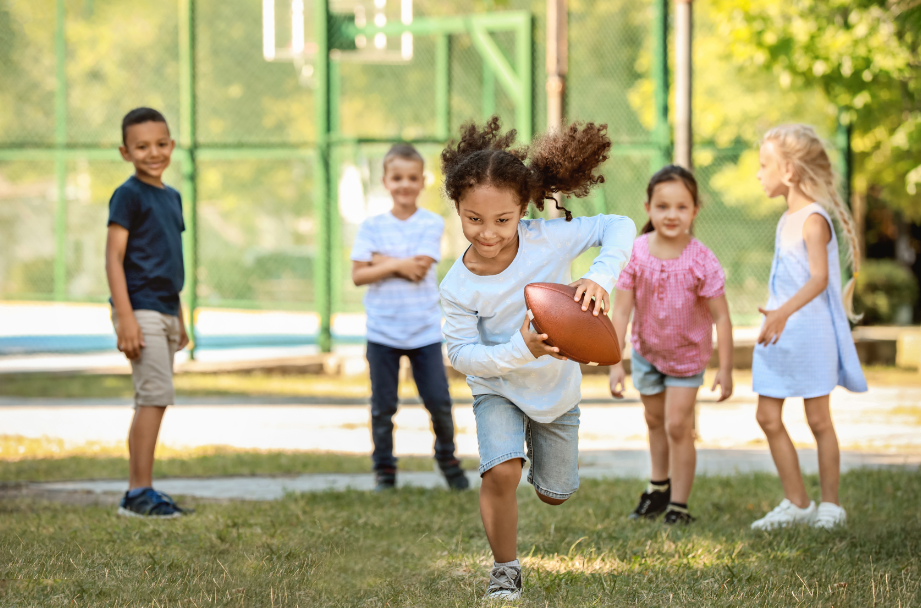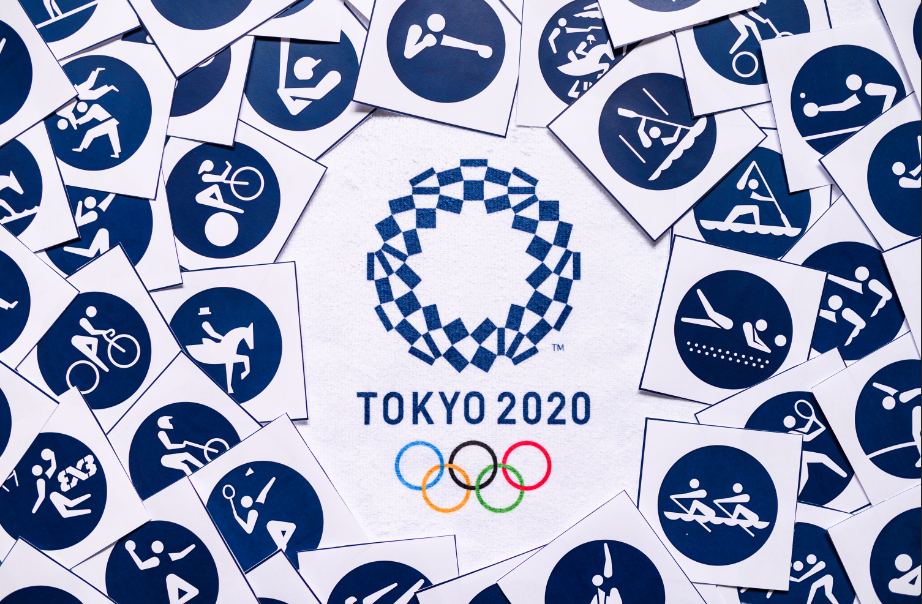PART A_1
We will read aloud the words below. Please repeat after me. I will check your pronunciation.
単語を音読します。講師に続いて読みましょう。講師は発音を確認します。
(Please send the mispronounced words and expressions to your student.)
PART A_2
| not only ~ but also… | ~だけでなく…も |
| ~as well as… | …だけでなく~も |
| be in use |
使われている
|
| ever since~ | ~以来ずっと |
| the host country | 開催国 |
| set the standard | 基準を定める |
PART A_3
Now, let’s review some words from part A_2.
ではいくつかの単語を復習してみましょう。
(Please review the mispronounced words and expressions from part A_2.)
PART A_4
PART A_5
Now, please look at the picture below. Give three actions that you see in the picture.
以下の写真の中から3人選んでそれぞれ何をしているか描写してみましょう。

PART A_6
| 1. | |
| 2. | |
| 3. |
PART A_7
Now, let’s review your answers.
では、あなたの答えを復習してみましょう。その後、修正したあなたの答えを読んでみましょう。
(Please review your student’s answers by sending the correct answers in complete sentences. After that, ask your student to read aloud his or her corrected answers.)
PART A_8
PART B_1
You will read aloud the passage below. I will check your pronunciation and intonation.
文章を読みます。講師が発音、イントネーションについて確認します。
(Please send the mispronounced words and expressions to your student.)
PART B_2
Olympic Pictograms

Olympic pictograms are new nowadays. In 1964, Katsumi Masaru, together with a team of designers, created the first Olympic pictograms for the games in Tokyo. They combined ideas from Europe and kamon, traditional Japanese designs for family crests.
During the Tokyo Olympic Games, their pictograms were used in sports events as well as restrooms and restaurants. Moreover, some of the pictograms are now in use globally. Katsumi Masaru and the team of designers gave up their rights to these designs so that they would become international common property.
Ever since the Tokyo Olympic Games, the host countries have made different sets of pictograms. In the Olympic Games in Mexico in 1968, they applied colors from traditional Mexican art to their pictograms. Meanwhile, in Australia, boomerangs were added to their designs. In China, the pictograms were like calligraphy. For the London Olympics of 2012, the pictograms were similar to real pictures. Through time, Olympic pictograms may change but the Tokyo Olympic pictograms set the standard for the Olympic pictograms.
PART B_3
Now, let’s review some words and sentences from part B_2.
ではいくつかの単語、文章を復習してみましょう。
(Please review the mispronounced words and sentences from part B_2.)
PART B_4
PART B_5
I will ask the following questions. Please answer based on the passage. I will check if your sentences are complete and if the grammar is correct.
講師が以下の質問をします。読んだ内容をもとに答えましょう。講師は文法と完全な文章で答えられているかを確認します。
PART B_6
| 1. | Who were the people who created the first Olympic pictograms for the games in Tokyo? |
| Answer: | |
| 2. | Why did Katsumi Masaru give up the rights to their designs? |
| Answer: | |
| 3. | What was applied to the Mexican pictogram designs in 1968? |
| Answer: | |
| 4. | Was calligraphy added to the Australian pictogram designs? |
| Answer: |
PART B_7
Now, let’s review your answers.
では、あなたの答えを復習してみましょう。その後、修正したあなたの答えを読んでみましょう。
(Please review your student’s answers by sending the correct answers in complete sentences. After that, ask your student to read aloud his or her corrected answers.)
PART B_8
PART C_1
Please choose a word to complete each sentence. Then, read aloud the sentences.
言葉を選んで文章を完成させましょう。そのあと音読しましょう。
PART C_2
not only ~ but also
ever since ~
the host country
| 1. | ________is responsible for the safety of all the international athletes. |
| 2. | Lily knows________ her country’s history________the Philippines’ history. |
| 3. | ________the rapper made his debut, the number of rap artists and CDs has continued to increase. |
PART C_3
Now, let’s review your answers.
では、あなたの答えを復習してみましょう。その後、修正したあなたの答えを読んでみましょう。
(Please review your student’s answers by sending the correct answers in complete sentences. After that, ask your student to read aloud his or her corrected answers.)
PART C_4
PART D_1
Please answer the following question by telling your opinion with at least two reasons. I will check if your sentences are complete and if the grammar is correct.
講師が質問しますのであなたの意見を理由を2つ添えて答えてみましょう。講師は文法と完全な文章であるかを確認します。
PART D_2
| 1. | Do you think that Olympic pictograms are helpful? In what way? | |
| Answer: | . | |
| 2. | Why do you think other countries have made their own pictogram designs? | |
| Answer: | . | |
| 3. | Why do you think Australia used boomerangs in their designs? | |
| Answer: | . | |
| 4. | If you were one of the designers for Tokyo 2020 Olympic games, what pictograms would you like to add? Please give some reasons for your answer. | |
| Answer: | . |
PART D_3
Now, let’s review your answers.
では、あなたの答えを復習してみましょう。その後、修正したあなたの答えを読んでみましょう。
(Please review your student’s answers by sending the correct answers in complete sentences. After that, ask your student to read aloud his or her corrected answers.)
PART D_4
PART E_1
Let’s do a free talk about the following topic.
以下のトピックに関するフリートークをしましょう。
(Please do a free talk if you have time left.)
PART E_2
What do you think about using the same pictograms all over the world?
PART E_3